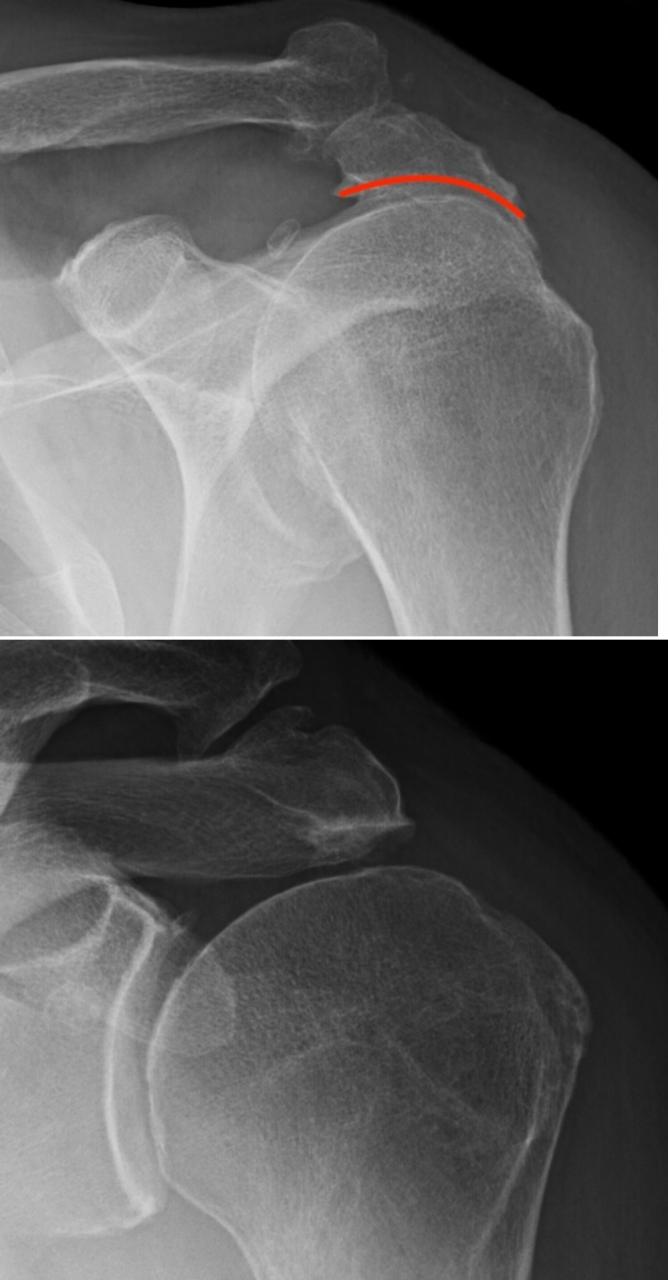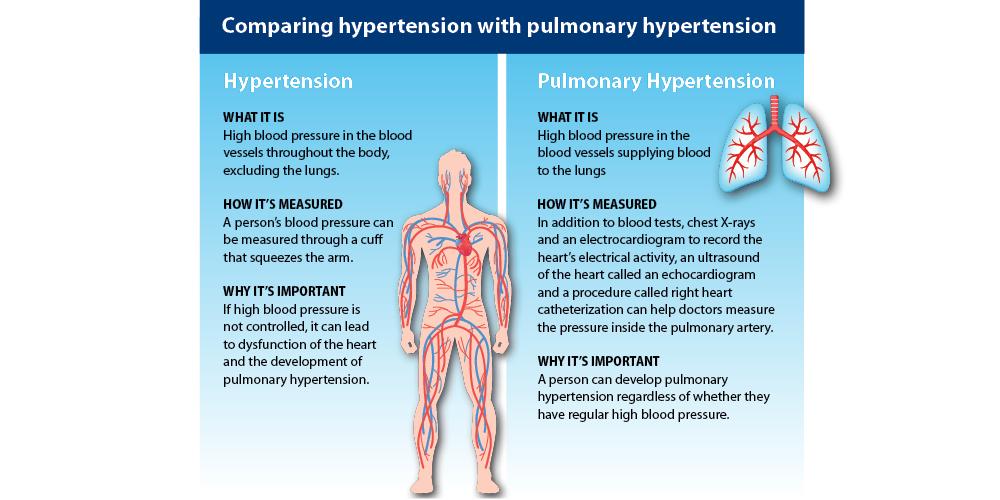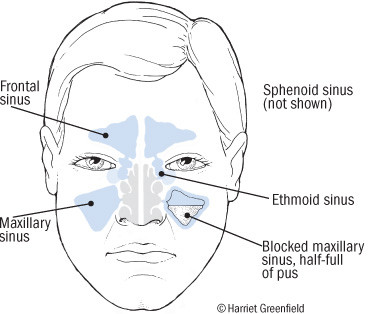Neck pain, also known as cervicalgia, is a widespread issue, affecting two-thirds of the population at some point in their lives. Though it is felt in the neck, it can be triggered by various other spinal problems. Neck pain might result from muscular tightness in the neck and upper back, or from pinching of the nerves.
Most acute neck pain is associated with tissue injury and is termed nociceptive pain. In contrast, chronic neck pain, often starting with a damaged or irritated nerve, is considered neuropathic pain, with the pain signals emanating from the brain.
Sleeping positions can also play a significant role in neck pain. For instance, sleeping on the stomach requires turning the head to one side, which can strain neck muscles. Likewise, sleeping on one’s side without proper support can push the neck toward the shoulder, leading to discomfort.
In some cases, neck pain can indicate serious conditions. Cervical artery dissection, for instance, causes unusual and persistent neck pain, often accompanied by a severe headache. Pain from a carotid artery tear typically spreads along the side of the neck and up towards the outer corner of the eye, whereas a vertebral artery tear may feel like something sharp is stuck in the base of the skull.
Cervical radiculopathy, a common cause of neck pain, involves the pinching or inflammation of a cervical nerve where it exits the spine. Symptoms can include burning or sharp pain, exacerbated by certain neck movements, and may also involve tingling, weakness, or loss of sensation in the arms, shoulders, or hands.
Injuries to muscles, ligaments, or tendons in the neck or shoulder can cause varying degrees of pain. The onset of symptoms may be immediate, such as after a fall or during sports, or they may appear gradually without an obvious cause.
Neck-related headaches, often felt in the back of the head and upper neck, are usually due to muscle tension or spasm. These headaches are typically dull or aching, and neck movements can worsen the pain.
Thoracic Outlet Syndrome (TOS) is another condition that can cause pain, weakness, numbness, tingling, and sometimes a general discomfort in the upper body, affecting the arms, hands, armpits, upper back, neck, and pectoral area.

For more detailed information on these conditions, visit Harvard Health, Harvard Health, Harvard Health, HSS, Northwell Health, Harvard Health, University of Virginia School of Medicine, and HSS.


